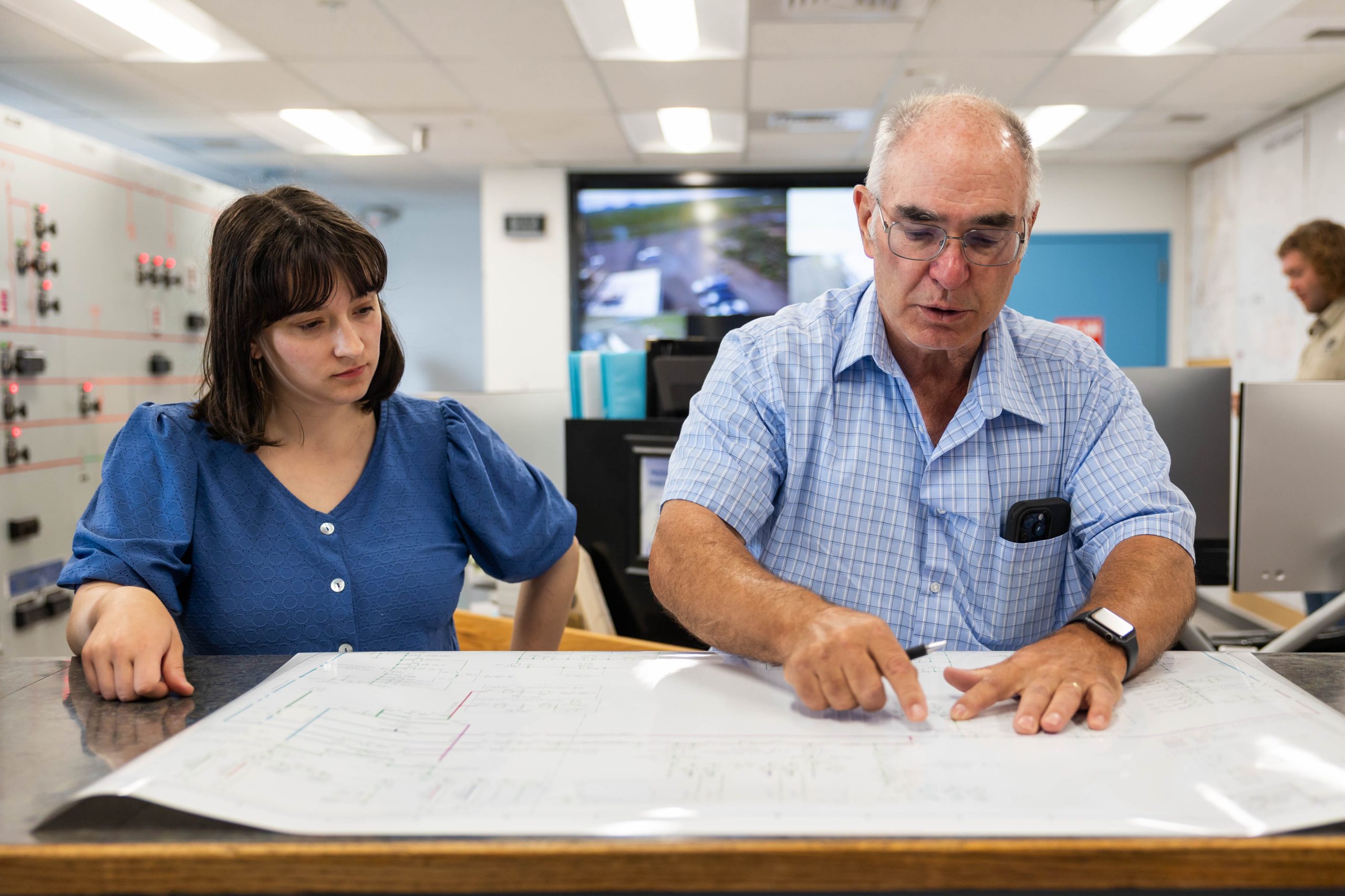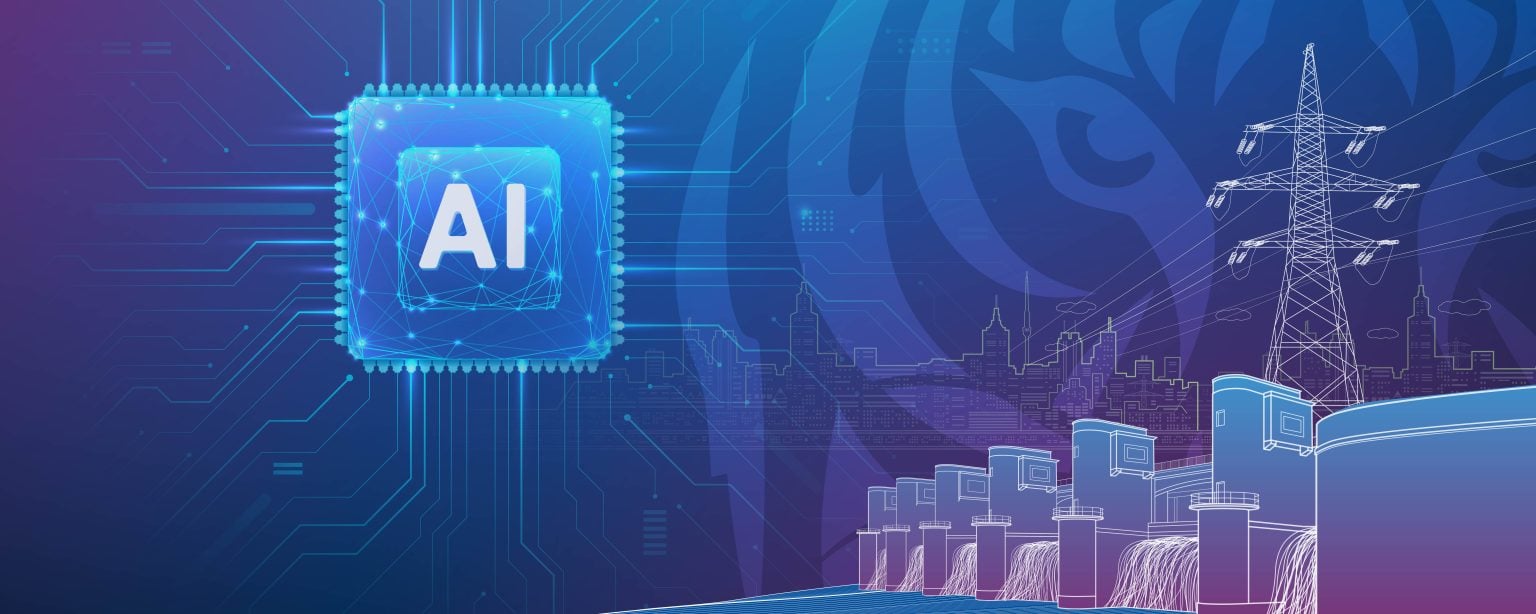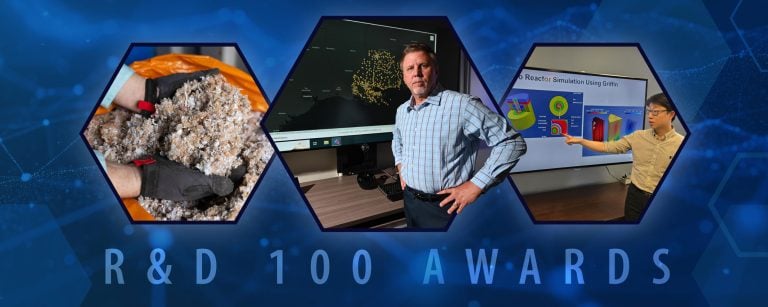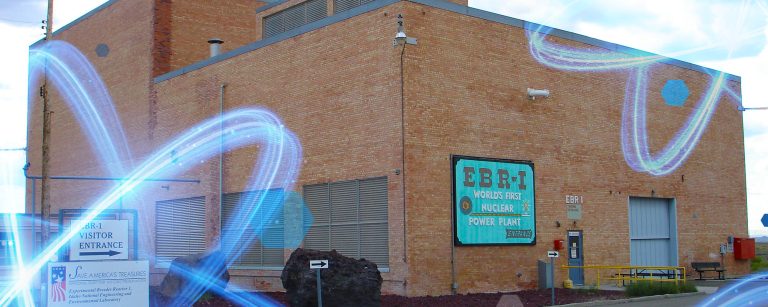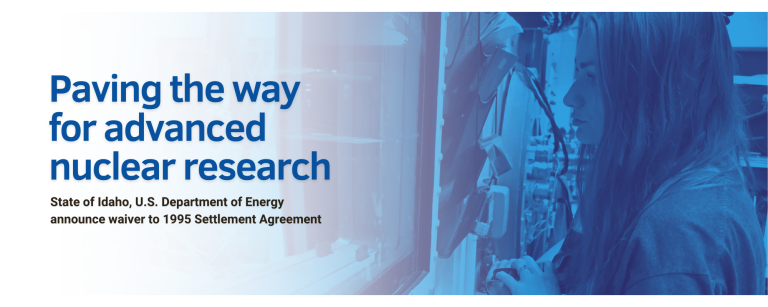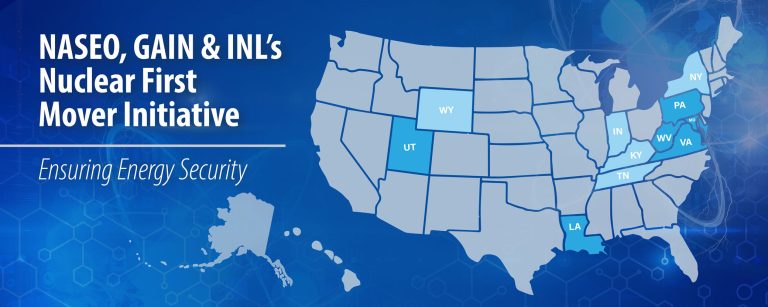Artificial intelligence (AI) is becoming widely adopted across multiple industries, including the critical field of grid operations. The integration of AI into grid systems promises enhanced efficiency and reliability, but it also brings a host of new challenges.
To address these challenges, the Idaho National Laboratory (INL) has launched the Testing for AI Grid Resilience (TAIGR) initiative, a first-of-its-kind effort aimed at identifying and mitigating the risks of AI-enhanced grid management systems.
AI and Advanced Automation in Grid Systems
For years, utilities have relied on statistical methods and algorithms to manage maintenance planning, load forecasting and grid monitoring. Now, AI is taking these efforts to a new level. By analyzing extensive historical data, including specific control records, AI can predict outages and suggest real-time actions for operators to take.
However, these advancements are accompanied by significant risks, including believable AI hallucinations, plausible yet incorrect recommendations, and adversarial cyberattacks that manipulate data or model architectures. These risks could potentially result in incorrect decisions that destabilize the grid.
“AI can rapidly analyze mountains of history from operator logs and trend forecasting to suggest the optimal use of generation sources such as natural gas, nuclear, wind or a combination of all,” said Andy Bochman, INL’s senior grid strategist. “But AI can also hallucinate, recommending actions that human experts would know not to take.”
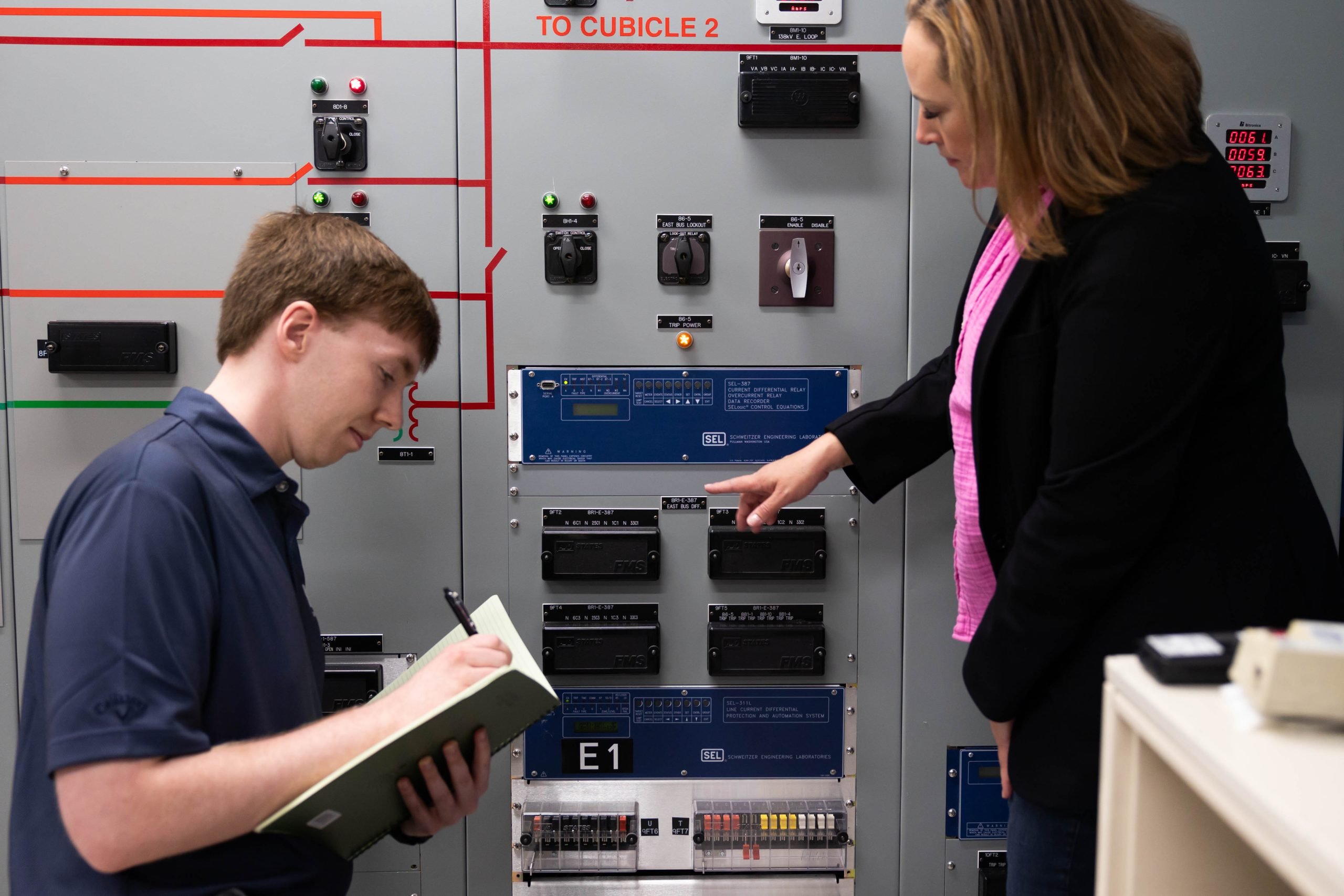
TAIGR’s Mission
To address these emerging issues, TAIGR brings together industry stakeholders, operators, owners, suppliers, regulators and researchers to bridge the gaps between these communities and create a collaborative environment for addressing AI-related challenges specific to grid operations.
Earlier this year, INL hosted an inaugural workshop to engage stakeholders across the energy sector, marking TAIGR’s first significant step forward. Representatives from utilities, vendors, federal regulators and academic institutions participated in two days of in-depth discussions on AI’s role in grid management. The workshop highlighted both an urgent need for action and a knowledge gap in the industry.
While vendors and equipment manufacturers are eager to bring AI-powered tools to market, many acknowledged the lack of a systematic method to evaluate the associated risks. Alex Jenkins, a senior AI solutions engineer at grid systems supplier Aveva, suggested that future researcher-industry collaborations include supplier input to broaden the exchange of ideas and perspectives on AI safety.
Informed by feedback from the workshop, INL researchers and industry partners launched the AMARANTH (Artificial Intelligence Management and Research for Advanced Networked Testbed Hub) project. Funded by the Department of Energy (DOE) Grid Deployment Office, AMARANTH focuses on addressing critical industry concerns about AI safety and resilience.
Patience Yockey, a research data scientist at INL, emphasized the importance of thoroughly testing AI systems to ensure their reliability and predictability. “We need to understand any possible weaknesses, not just in the data but in the AI’s design and implementation as well,” Yocky said. “We want to ensure that AI systems can be trusted to help produce consistent power under any conditions.”
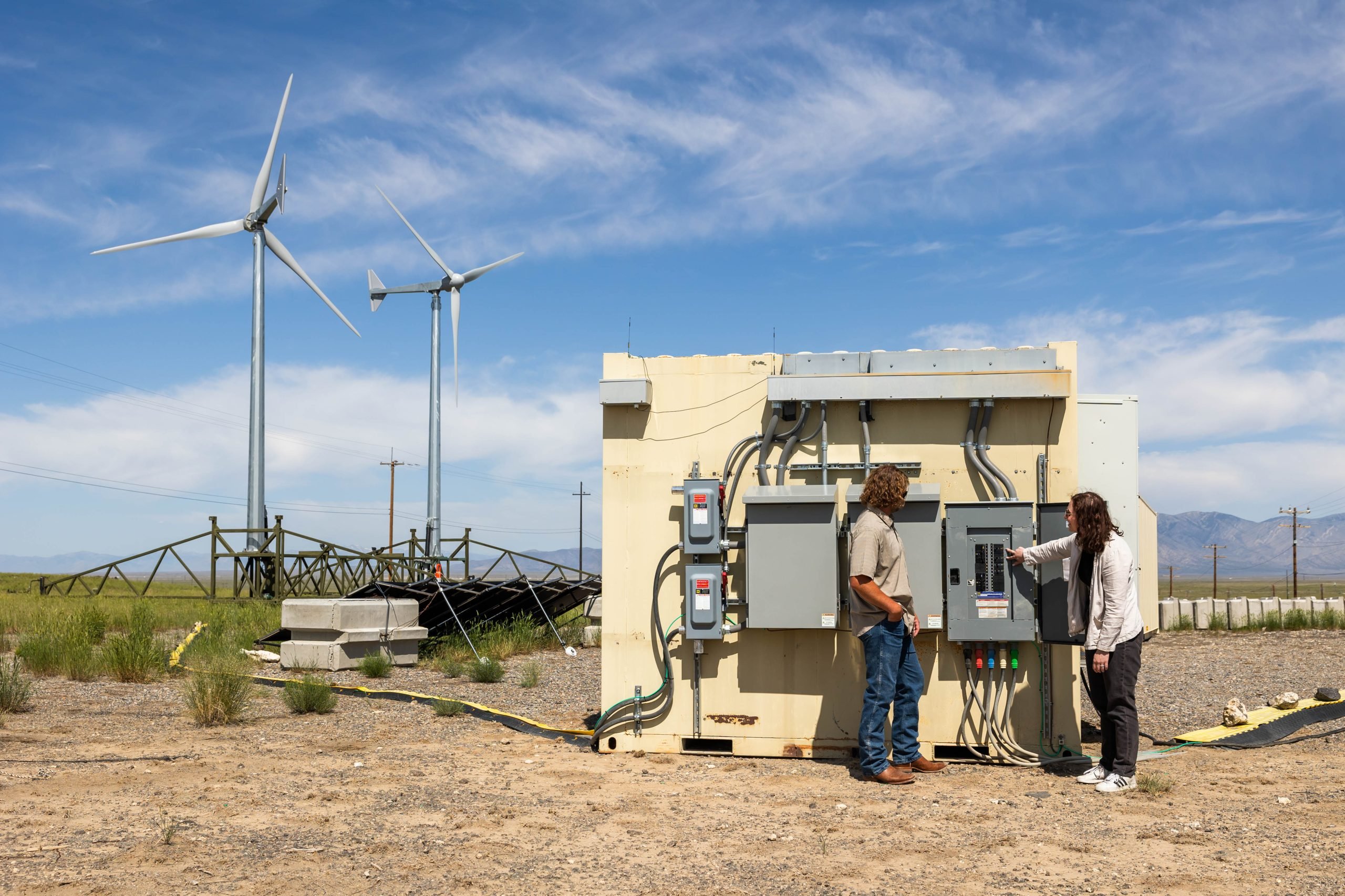
Building a Model and a Community
TAIGR is modeled after DOE’s successful CyTRICS (Cyber Testing for Resilient Industrial Control Systems) program. CyTRICS enhances the cybersecurity of critical infrastructure by rigorously testing and evaluating industrial control systems and supply chains for vulnerabilities. Similarly, TAIGR will operate as a voluntary and collaborative program with a transparent methodology vetted by experts from across the utility industry, national laboratories and federal government.
Discussions with key industry trade groups like the Edison Electric Institute, the North American Electric Reliability Corporation and the Electric Power Research Institute are helping shape the parameters, Bochman said. There’s a strong interest in collaborative efforts to address AI-related challenges.
“They all want to engage and contribute,” he said.
Scott Aaronson, senior vice president of Energy Security & Industry Operations at Edison Electric Institute, emphasized the importance of INL’s role.
“Edison Electric Institute and our member electric companies are committed to exploring the full capabilities of advanced AI systems and to engaging with the full range of stakeholders who are developing, enhancing, and ensuring safe and secure integration of those systems,” Aaronson said. “INL’s work with TAIGR is an essential part of the process, helping us all better understand how to leverage the benefits of these systems while mitigating the risks.”
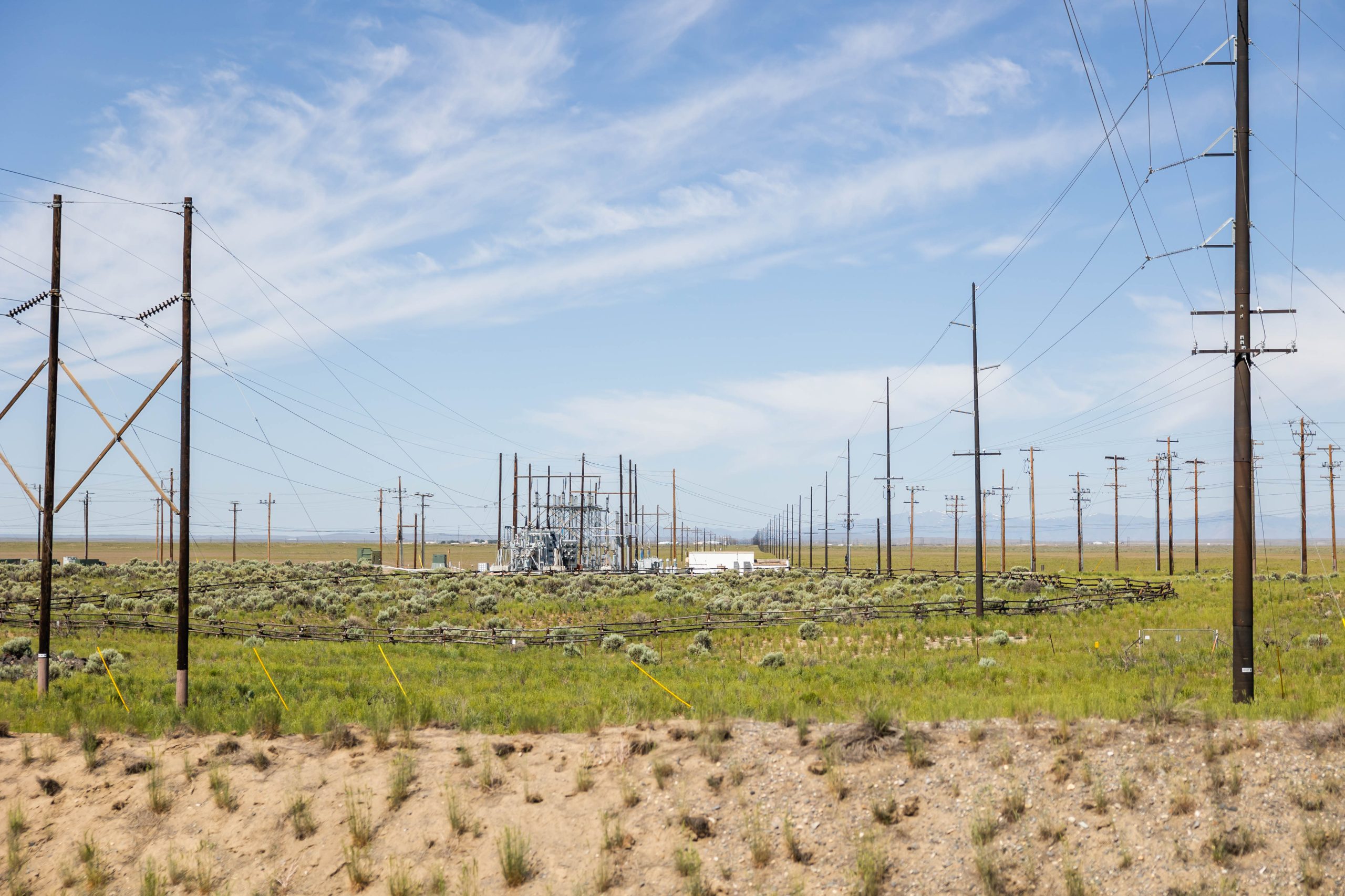
The Testing Advantage
TAIGR projects also benefit from INL’s one-of-a-kind infrastructure, including a full-scale power grid testbed designed to safely stress-test energy systems. “This is why national labs exist,” Bochman added. “To solve hard problems that require expertise and infrastructure you won’t find anywhere else.”
INL has a long history of leadership in evaluating and testing critical energy systems at scale. The laboratory’s dedicated test grid can handle up to 138 kilovolts and supports advanced power load testing, smart grid assessments and energy storage experiments. This state-of-the-art infrastructure will now support the testing and demonstration of AI-enhanced grid technologies in a controlled environment.
Looking ahead, TAIGR’s working groups will develop testing approaches and procedures that attract the participation of asset owners and vendors. This collaborative effort aims to accelerate the safe and reliable adoption of AI solutions in the energy sector.
The Path Forward
TAIGR is a meet-the-moment initiative designed to help the energy sector balance the benefits of AI with its inherent risks. Ensuring the nation’s power systems remain robust and secure even as AI technologies become more integrated into grid operations is paramount. TAIGER isn’t about resisting AI, but preparing for it responsibly.
Given the grid’s critical role in the economy, national security and public safety, it’s essential to understand how AI-enhanced technology could impact it, both positively and negatively.
“AI is too efficient to overlook, too helpful to ignore,” Bochman said. “Yet when AI is fed bad data or its results go unchecked, it may become unreliable, and that’s not acceptable, especially when dealing with critical infrastructure.”
